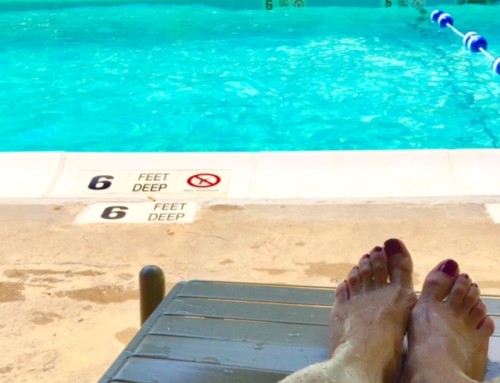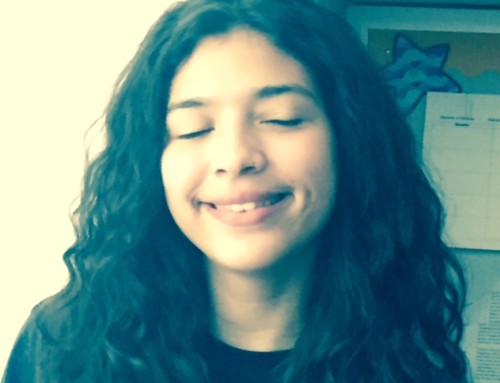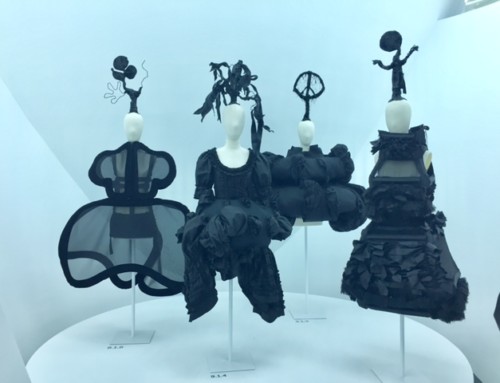I must confess that I have spent countless hours in museums. For me there is no better way to spend an afternoon. Taking a trip to The Metropolitan Museum of Art or the Museum of Modern Art is like visiting old friends. Relax. Stay awhile. However, many of my eighth grade students in the Bronx have never been to the Met or MOMA. Few have attended a ballet. Fewer still a philharmonic concert. None have ever attended an opera. All of these resources lay several miles, a few subway stops, to the south yet for some they can appear to be light years away.
For many reasons, the people of the Bronx don’t venture into Manhattan often. Growing up in Brooklyn, we had the same myopic view. Taking an hour long train ride to visit the museums along Fifth Avenue was much too daunting a prospect. Certainly my mother never attempted it. As a single mother she had little interest, money, or energy for such an endeavor. I believe that for her, as for so many others, intimidation created an additional barrier. Museum Mile was far beyond her comfort zone. And so, my siblings and I were never able to avail ourselves of the cultural riches that lay only a few miles to the north.
My goal is to work towards removing that final obstacle for my students. I want them to embrace and enjoy all that our city and our world has to offer without feeling unwelcome or unworthy. In order to accomplish this it is imperative to expose my students to art, music, and theater. Furthermore, it is essential that this exposure not be condescending or judgemental.
The seed for this undertaking was planted when I brought a group of students to the Museum of Modern Art. I had created a scavenger hunt that led my students through the fifth floor of MOMA to a number of famous works of art. The purpose was to expose them to iconic pieces; pieces that are referenced in films, books, articles,and in intellectual discourse. Since I was aware of the students limited exposure to art, my only expectation was that they would enjoy the trip and realize that museums were not intimidating citadels of high society, that they are designed for the public to view and appreciate art. I hoped that perhaps some might even discover a painting or artist that resonated with them.
Almost immediately several students surprised me with their intuitive comments about art. As we came off the escalator on the 5th floor, we passed by Andrew Wyeth’s Christina’s World.. My daughter, Alex, was home sick and she asked me to take a picture of the painting for her. It is one of her favorites. As I clicked away, several students got into a discussion about the painting. One student asked why it was Alex’s favorite. She commented that the girl in the painting seemed very lonely. Another student said that it looked like the girl wanted to be at the house, but for some reason couldn’t be. Still another responded that maybe it was Alex’s favorite because she imagines that she is the girl in that beautiful open field and she wants to feel free. My curiosity piqued, I snapped a few photos and we moved on to the scavenger hunt.

The activity that I had created required them look for ten pieces of art. The selection included Frida Kahlo, Klimpt, Picasso, Monet, Cezanne, and Van Gogh. Students were instructed to locate the work, write down the artist and date on their handout, and take a picture of themselves with the art- no flash! Lastly, they were given the following directions: Select one painting or sculpture that relates to The Outsiders. It doesn’t have to be one of the paintings in your scavenger hunt. It can relate to a character, event relationship, theme, or emotion. Identify the painting: artist, title. Explain how it relates. This last direction I added without any expectation. We had just finished the novel The Outsiders and I thought that I would try to push their thinking and connect the trip to our curriculum.
The kids enjoyed racing through the 5th floor collecting their photos and dutifully copying down names and dates. Surprisingly, they also enjoyed completing the second part of the challenge. However, they didn’t race through that part. That activity required them to slow down and compelled them to look very closely at the art. They were quite deliberate in their selection process. Unlike the first task, this was more personal and self-directed. Subsequently, it was more meaningful.
Students were able to select pieces that represented their connections to the novel, and they were able to speak eloquently about them. Picasso’s Girl Before a Mirror was selected by a student as representing the contradiction of the main character, Ponyboy, between how he sees himself and how society views him. Another student wrote about Le Silence, by Odilon. He noted that the subject in the painting appeared to be trapped like the main character in the novel. The subject in the painting holds his hand to his mouth which could represent Ponyboy’s inability to communicate with his brother Darry. I was fascinated by their choices and their reasoning. I began to consider my scavenger hunt, so thoughtfully planned, as limited and limiting. While I wanted to enrich the students cultural knowledge, I short changed them with my fun, but frivolous activity.
That day I learned two things. First, I needed to step up my game. My scavenger hunt was designed to expose them to a number of pieces of iconic art, a sort of a highlights tour. It covered many famous works on the 5th floor, but none in any depth. Going forward I would revise my trip goals to allow time to engage with the art more deeply and personally. It would involve selecting fewer pieces of art, but viewing them in greater detail. I would also add a measure of self-direction. Students will select a piece on their own to analyze or that they connect with.
This brings me to the second thing I learned that day; my students were ready for a deeper level of engagement. Had my own prejudices impacted my expectations, and consequently their performance? Would I have had the same expectations of my students if I taught in the affluent suburbs? Any work of art has the ability to impact the viewer, regardless of their prior exposure or education. My 8th graders reminded of that during our trip to MOMA.
How often do we as a society limit others due our preconceived ideas about what they can and cannot do? What they might and might not like or relate to? We need to re-train ourselves to not set limits. Let our students set their own. Give them wings and provide a net. But always, always encourage them to fly.







Leave A Comment